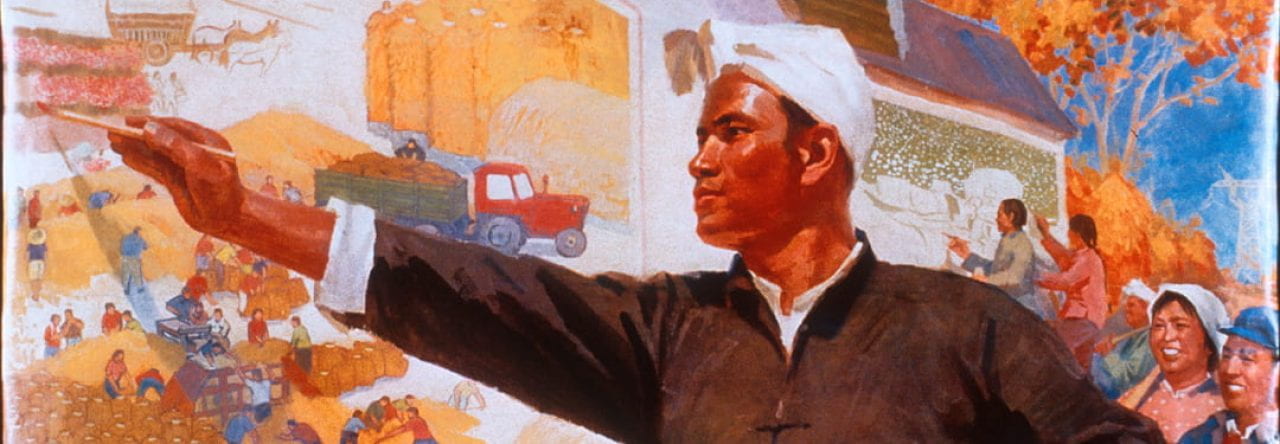In O Zhang’s Daddy and I, photograph number 19, a 40 by 40 inch digital type c print, taken in 2005 is one of many studio-style portraits shot in idyllic outdoor environments, depicting modern multicultural family units in a prejudicial society (The Guardian, 2011). Number 19 exhibits a father/daughter portrait to which Zhang has placed the daughter in intimate proximity to her adopted father. Both subjects are huddled close together, staring straight at the camera. The image’s garden landscape is well cultivated, and staged which makes the artwork seem unreal. Number 19 questions the complex relationship between a young, adopted Chinese girl and her American father. It works to question the affection between the two, and how the nature of their relationship might be impacted by their different ethnic and cultural backgrounds. Furthermore, Zhang hopes to examine the female condition through image number 19. The father and daughter create an implausibly intriguing couple in the photograph. At first glance the photographs seem almost inappropriate to viewers who are conditioned by the media to be suspect about middle-aged men and young children. For one doesn’t immediately read these as photographs of fathers and daughters (Battista). The racial incongruity of the couple highlights our own assumptions about what constitutes traditional familial and gender roles (Battista). Additionally, photograph number 19 draws reference to Chinese history. This work exemplifies Zhang’s interest and interpretation of how the West saw the rapid development of contemporary China. The teenage girl in this photograph symbolizes the future potential of China. Like the girls adapting to their new situation, in 2006, China was learning from the West in order to grow its economy (Zhang, 2006). The relationship exhibited in the photograph exemplifies an emergence of feminine power (the daughter) contrasted with her father’s maturity, for Zhang, this is a metaphor for the two often divided cultures: East and West.

Found on www.ozhang.com.
(Number 19, Daddy and I, 40x40in, digital c type print, 2006)
References
theguardian.com. “Amnesty International’s Imagine a World Exhibition.” Guardian Unlimited, 2011. https://www.theguardian.com/arts/pictures/image/0,8543,-10705343665,00.html.
Battista, Kathy. “Female Artists and O Zhang’s Art.” Art and Architecture Journal. Accessed April 19, 2022. http://www.ozhang.com/Site/O_Zhang,_article-2.html.
Zhang, O. “O Zhang Index.” www.ozhang.com. Accessed April 20, 2022. http://www.ozhang.com/Site/O_Zhang_index.html.


Gavin Bibbins
I think this piece has a few similarities with my piece, Zhang Hongtu’s Last Banquet. They both bring up a contrast between East and West in the White American father with his young Asian daughter and the image and character of Mao superimposed on the motif of the Last Supper. The historicity of your work is also important in its reflection of China’s status in the world at the time. This makes me consider the historicity of Zhang Hongtu using the motif of the Last Supper. Was it also a notable image in China? Did he choose it for its fame? What other images could he have chosen?